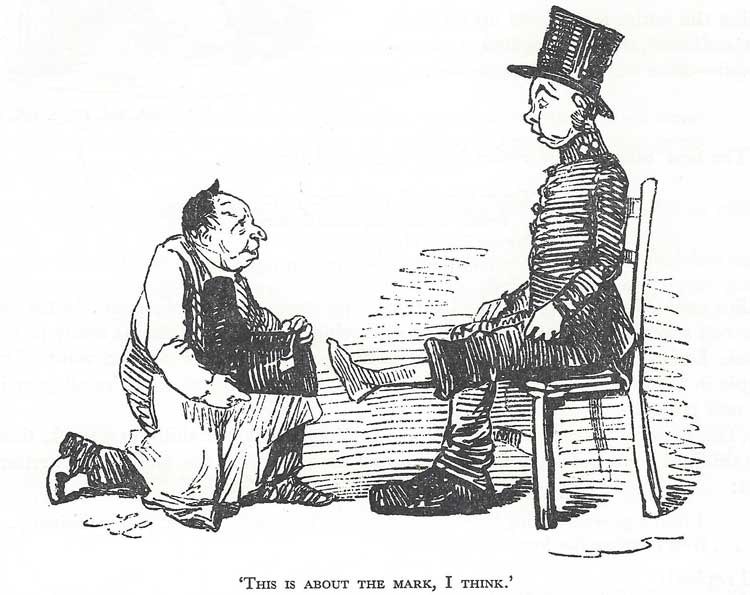Since the inception of the Metropolitan police force in 1829, by the then Home Secretary Sir Robert Peel, a major fear was that the force itself might become a government force that would be used against the interest of the ordinary citizens.

POLICING BY CONSENT
Indeed, and in order to allay this fear from the outset, the new Metropolitan Police force was empathised as being policing by consent, by the people for the people.
Initially, police officers were attired in a uniform that was decidedly un-military in appearance and more like civilian dress.
But then, in the mid-1860s, the press began to report that the police appeared to be becoming more military in their uniform, training, and methods.
The Shields Daily News, tackled the issue in its edition of Monday, 16th December 1867:-
THE LONDON POLICE FORCE
“The management of the London police is a subject that the whole country has a greater interest than might, at first sight, be apparent.
This force was the original model of the modern police system of Great Britain, and local police forces in all districts still copy its organisation more or less.
Whatever changes or modifications are introduced in the Metropolitan police system are sure, before long, to be reflected in the organisation of the county or borough police throughout Great Britain; and as it is pretty certain that there is something like a revolution going on in that great army of policemen which has its head-quarters at Scotland yard, we may well be allowed to consider what is the tendency of this revolution.
GOVERNMENT CONTROL
It will be remembered that when the London police were first established, a great objection was made by some politicians to placing such a force under the control of the central Government, as it is at this moment; and it was argued that a force of thousands of men, of whom a large reserve could always be called out for combined action, would endanger the liberty of the subject.
However, the necessity for public protection prevailed, and, in default of any efficient local administration in the different districts of London, the police of the whole Metropolis, with the exception of the City, were placed under central Commissioners, whose immediate chief is the Home Secretary.
NO CONTROL
The Londoners themselves have no control over their own police, except what they may exercise through their representatives in Parliament; and the police-rates they pay are a glaring instance of taxation without representation.
ANXIETY OVER POLICE MANAGEMENT
When we recollect, too, that the London police force, excluding that of the City, numbers some six thousand men, it is plain that there is room for some anxiety respecting the manner in which such a force is managed.
Is it organised and trained as a purely civil force, which may be taken as a model by other towns?
Is it still trained chiefly for the repression of crime and vice, and for the preservation of the public peace?
Or is there any danger of its degenerating into an engine of Government repression?
MORE MILITARY EQUIPMENT
To these questions we will not undertake to give any direct answer; but we will state a few facts which bear upon them.
Many of our readers must be aware that the old semi-civilian uniform of the London police has for some time been replaced by a more military equipment, and that, in particular, the staff, which used to be carried unostentatiously in the tail-pocket of the coat, is now borne in a case slung from the side.
But this smartening-up of the policeman’s appearance, and placing his peculiar weapon ready to hand, might have been quite harmless.
POLICE DRILLS IN SOUTH LONDON
The Police Commissioners, however, have gone much further than this.
From a private informant we learn that in one of the few fields existing in South London, batches of policemen have been drilling for weeks every day and all day long. The drill is described as somewhat resembling that of the military, and as including cutlass and rifle practice.
A QUASI MILITARY FORCE
What is going on in this quarter of London is doubtless also going on in others; and we have, therefore, the fact, that the whole of the Metropolitan police are being rapidly and laboriously drilled to act in combination as quasi-military forces.
And against whom?
This is a question for Londoners especially, but not for them only; for, once the capital is placed under the domination of a military police, the political liberties of the whole country would be endangered.
We are at a loss ourselves to see what all these preparations are being made for, except for the coercion of unarmed crowds, for which purpose the police are sufficiently trained and armed already.
Surely, all this drilling can never be intended to meet a possible Fenian rising in London, for has not London its garrison of troops, and would this not be the proper force to employ in such a case?
PROTECTION OF PERSONS AND PROPERTY
But while there is every appearance of an intention to turn the police into a semi-military body, do they efficiently protect the persons and property of persons residing or sojourning in London?
We hardly think it can be said so, while street outrages and street robberies are perpetrated with such impunity, or while such dens as the “night-houses” in and around the Haymarket and other such quarters are connived at, as several letters in a London daily paper declare they are at present.
Of one thing we may be certain, that the more military a police force is made, the less efficient and the less inclined will it be for the performance of purely civil duties.”
